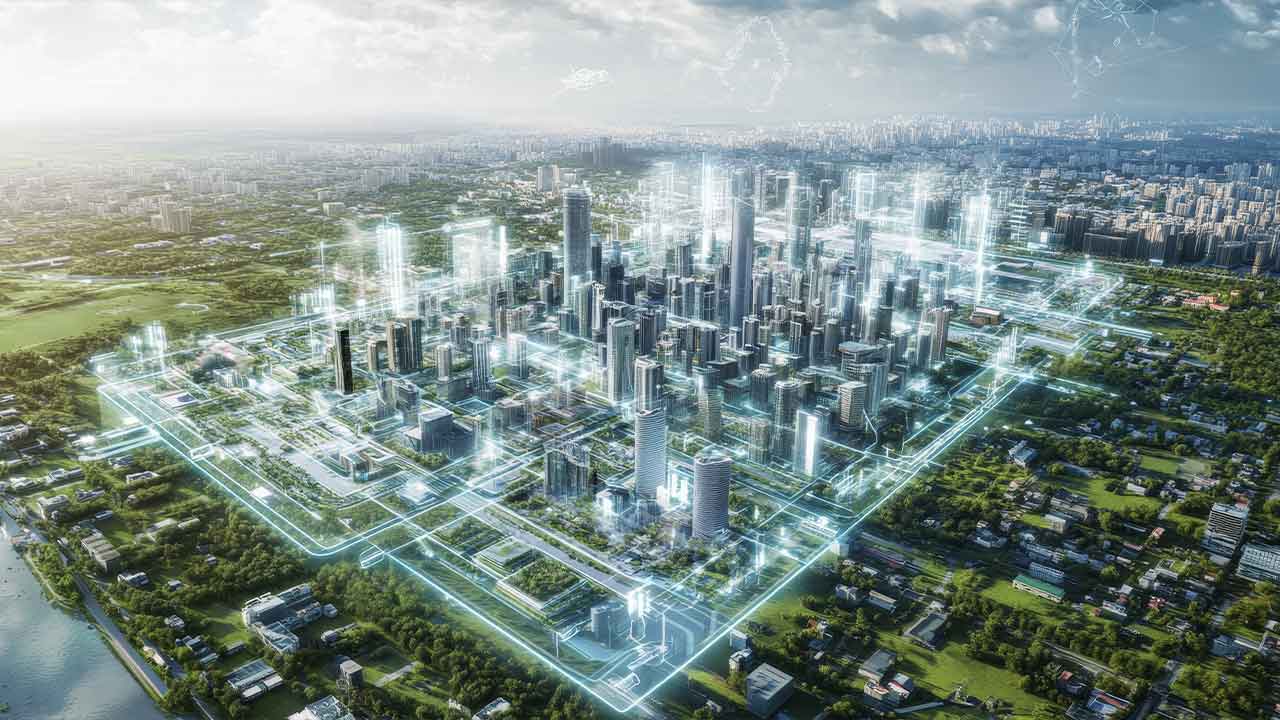Planning a Smart City – a podcast by ARC Advisory
ARC Advisory started a series of podcasts focused on Smart Cities. The first episode focuses on Planning a Smart City and looks deeper into the needed technology, actors, and the development of such a complex infrastructure.
Larry O’Brien, Vice President of Research at ARC Advisory Group and Jim Frazer, Vice President of Smart Cities, discusses the definition of a smart city. They define it as a public agency containing cities, counties, states, provincial entities, or nations that embraces IoT to drive digital transformation within their organization while serving private interests as well.
ARC comes with nine vertical applications required in a smart city such as the built environment, the energy infrastructure, telecommunications, transportation and mobility, government services, water, and wastewater, waste management, payments, and finance.
All nine applications mentioned above are impacted by technology. Jim Frazer explains the seven different techniques that are fundamental in planning and building a smart city. These are: instrumentation and control with various metrics, connectivity, interoperability, cybersecurity and privacy, data management, computing resources, and analytics, and business intelligence.
The two describe the first attempts of Smart City 1.0 that was supplier driven and 2.0 driven by government decisions. The latest iteration of Smart City 3.0 is driven by a comprehensive group of all of the stakeholder needs focusing on the impact it has. More about Smart City and Industrial IoT Applications.
Three steps are critical to successfully plan and implement a smart city. The first one is to define and understand the stakeholders’ communities and needs comprehensively. After following the problem, the second step refers to transforming the needs into measurable functional requirements. The last step is to develop test plans and move through the project life cycle and implementation.
Efforts must be put into achieving the three pillars of sustainability: protection or enhancement of the natural environment, the protection or enhancement of human quality of life and its societal aspects, and the most controversial transposing the first two pillars in an economically sustainable manner.
Larry O’Brien and Jim Fazer conclude that in the end, the smart city is about the quality of life for citizens and making sure we have a sustainable environment moving forward.
The podcast is structured as follows:
- Introduction
- The Nine Vertical Applications of a Smart City
- The Seven Technologies that Impact a Smart City
- Systems Engineering and Your Smart City
- The Three Pillars of Sustainability and Your Smart City Project
Read here the entire transcript of ARC Smart Cities Podcast Episode 1.
For more resources on smart cities, visit the ARC Advisory Group website.



